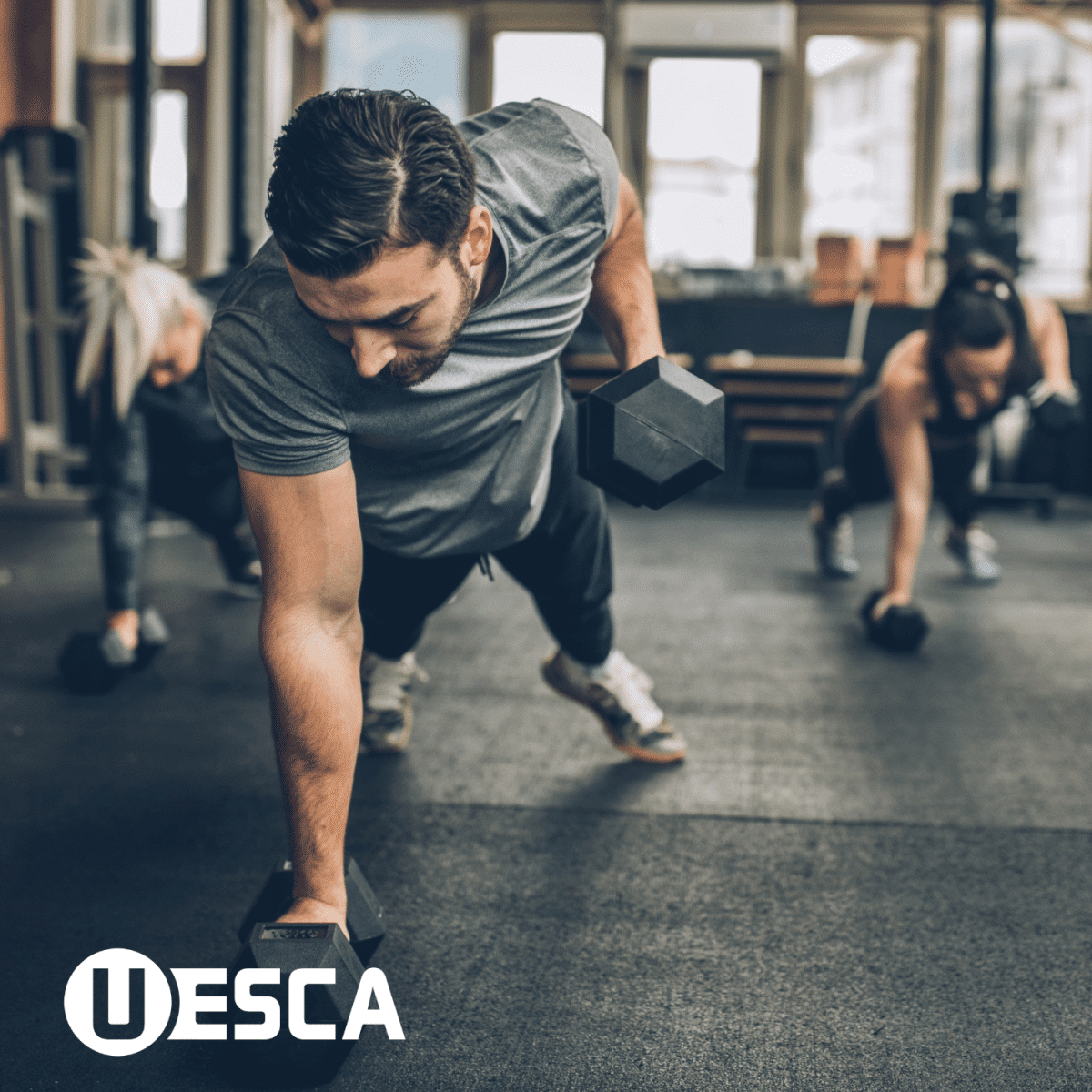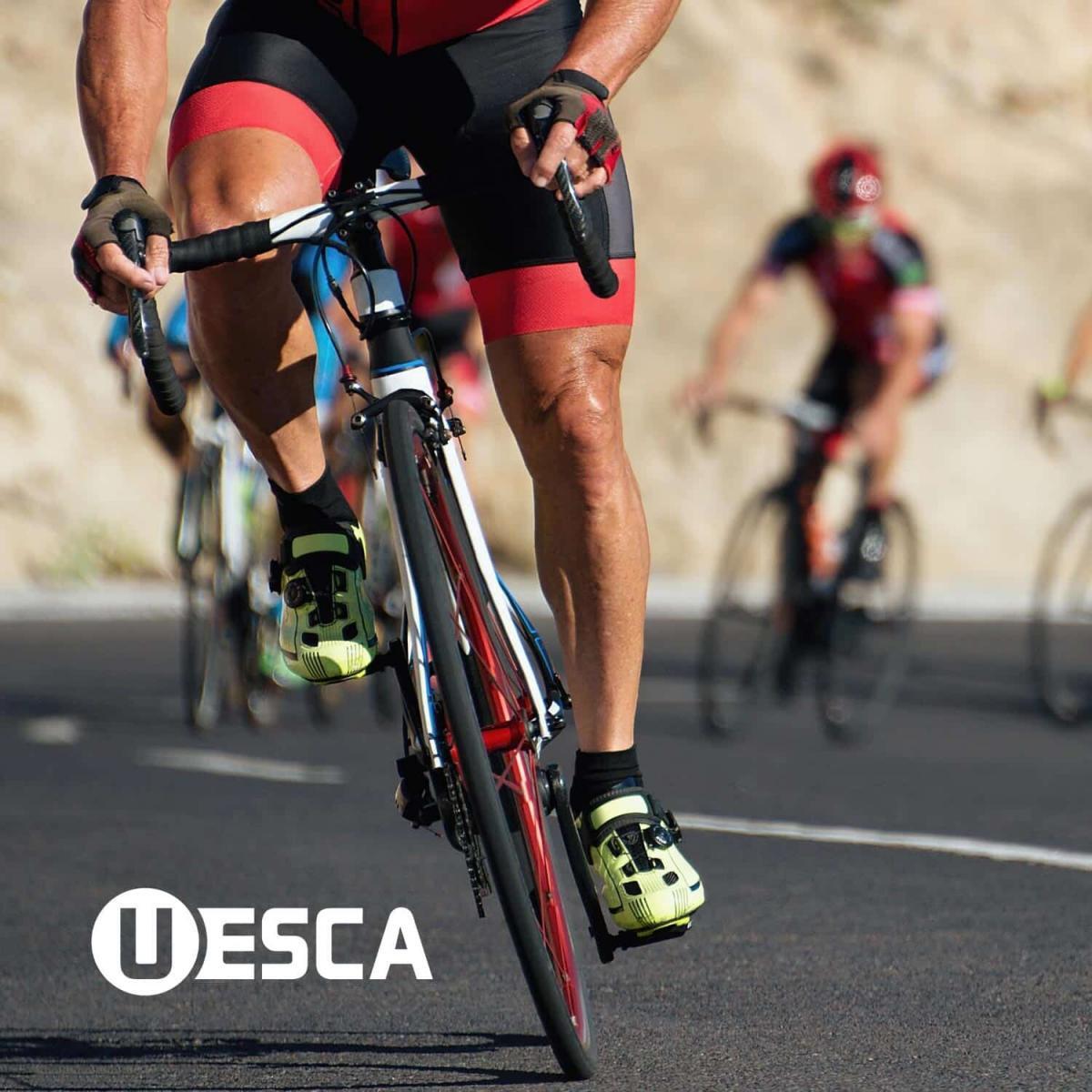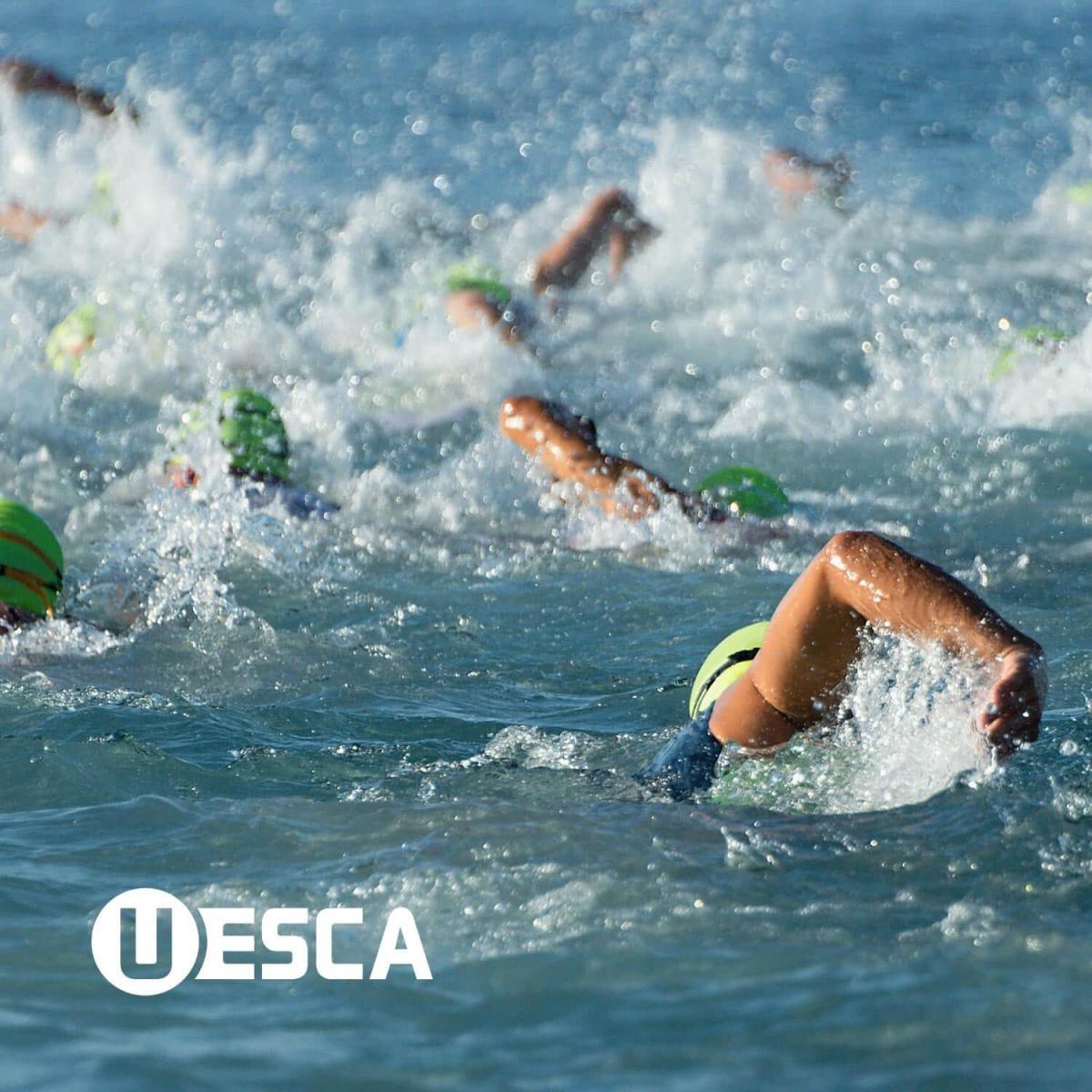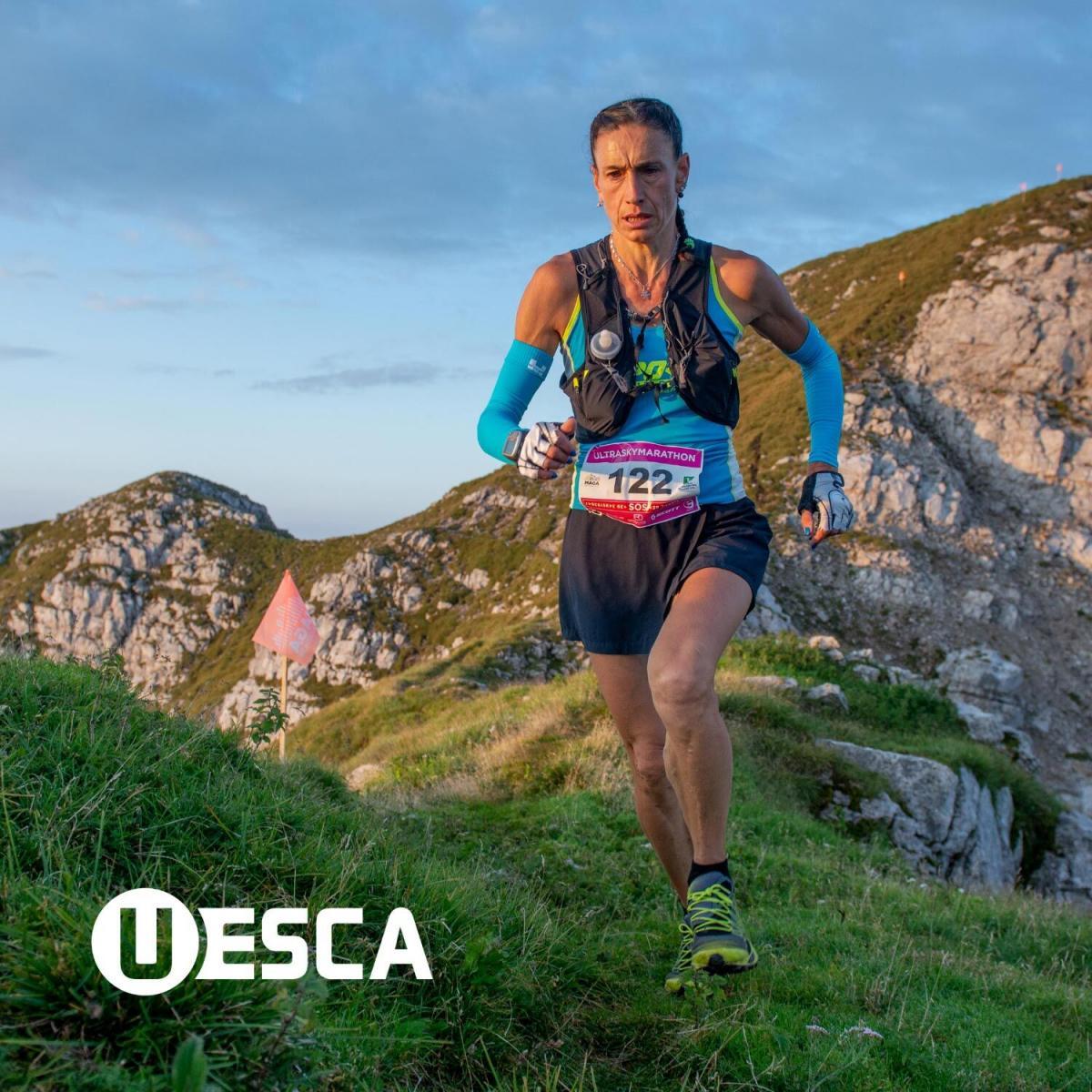What is the most important component to your success as an athlete? Is it the “shiny objects” like super shoes, upgraded aero equipment, or the latest and greatest supplement? We think probably not. Something else may matter more.

As I was riding today on my non-aero, rim brake, mechanical shifting bike – while watching ‘Tour De France – Unchained’ on Netflix, I was reminded of how old my bike seems to be as compared to the modern bikes of those in the Tour de France.
It seems regardless of the sport, technology is advancing so fast that equipment/apparel purchased just one or two years ago almost seems like an ancient relic today.
But here’s the million-dollar question… are you at a disadvantage if you don’t have the most up to date gear?
Pro’s vs Joe’s
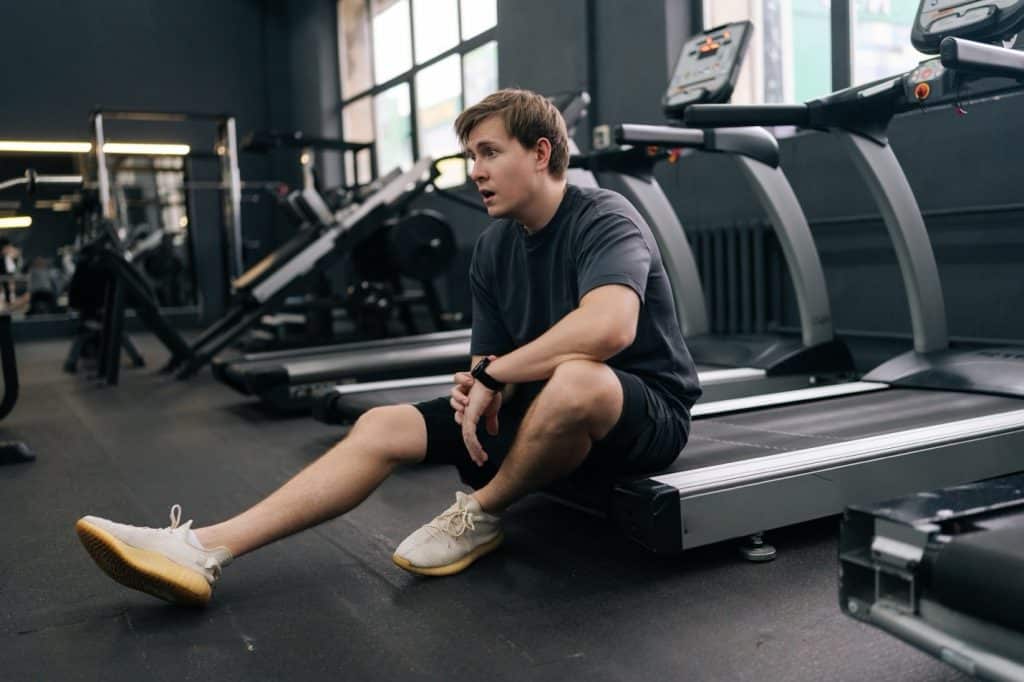
It’s no secret that as you gain fitness, your forward progress typically slows. As an example, and an analogy, if someone has a large percentage of fat to lose, initially any sort of exercise and nutrition modification will likely have a large effect with respect to fat loss. However, as that person continues to lose fat, the effort required to continue to lose fat will increase with less results.
This is analogous to the difference between elite athletes and the rest of us with respect to the impact of ‘shiny objects.’ At the professional level in most any sport, the physiological/fitness difference between competitors is minimal. As such, marginal gains become important because just a second or two can be the difference between winning… and coming in 10th place! As an example, things that could be considered marginal gains (i.e., shiny objects) such as recovery boots, carbon fiber racing wheels, aero skinsuits, carbon plated shoes, etc… have the most impact and influence at the elite level. This of course is not to say that they do not improve performance for normal Joe’s, as they do – however, they do not have as much impact in terms of being a difference maker between winning and losing.
The other point to make about Pro’s vs. Joe’s and perhaps the most important point, is that one of the reasons that pro’s are so good (aside from genetically choosing good parents) is that they have largely exhausted all of the possible training considerations and therefore, the only thing left to increase performance are the things that we commonly refer to as marginal gains.
While I’m sure there are a few exceptions, the reality is that most ‘Joe’s’ have largely NOT exhausted all of the training considerations. And this is also often not their fault. For example, professional athletes can often dictate their training and recovery schedule whereas a non-professional athlete might not have as much control over their schedule and as a result, they often don’t get enough sleep or eat as well as they should due to many variables outside of their control. The net of this is that for most of us, we have not fully optimized our training to the point where marginal gains should be the focus, or at least not most of the time.
Focus On What Matters Most

As alluded to above, most of us have not optimized our lifestyle and training areas to the point where marginal gains should be the focus. Before focusing there, focus here:
- Are you sleeping enough?
- Is your sleep good quality sleep?
- Are you fueling your body properly?
- Is your training program set up optimally?
- Did you get a bike fit to optimize your mechanics?
- Are you staying injury-free by doing prehab-type exercises?
- Have you focused on improving your mental game?
- Have you mastered technique and skills?
While this list could go on and on… you get the point.
Again, things like carbon shoes and carbon wheels will make you faster regardless of your ability – no doubt about it. However, if you’re not optimizing the above noted things, you’re likely focusing on the wrong area(s). With respect to cycling and triathlon, it is quite common to see someone riding around on a $15,000 carbon fiber rocket ship but with terrible form. Conversely, if they spent $300 on a proper bike fit and they rode a $2,000 bike, they would likely have much better results… and be more comfortable, aerodynamic and efficient.
I see this a lot in the realm of recovery as well. There are near endless recovery modalities/products out there. Recovery boots, percussion devices (massage gun), foam rollers, ice baths, etc… While some of these things work, if you’re overly stressed out from work, getting 5 hours of sleep a night and training improperly, there is no amount of recovery tools that will get you out of your situation.
Fitness First
When UESCA was working with Jason Koop to create the Ultrarunning Certification, one of the sections dealt with ancillary training topics such as environmental training considerations (i.e., heat and altitude acclimation), strength training and downhill run training, among other topics. Jason was adamant that while these things can increase performance, the most important thing is to arrive on the start line as cardiovascularly fit as possible as this improves all of the ancillary variables as well. The quote by Michael W. Moynihan, ‘A rising tide raises all boats’ would be quite applicable in this scenario.
In this analogy, the ancillary training variables are the shiny objects and in the context of the ultrarunning certification, those shiny objects are fine to integrate into the training program but only if the key focus is on improving one’s cardiovascular fitness.
How Close Are You To Your Goal?
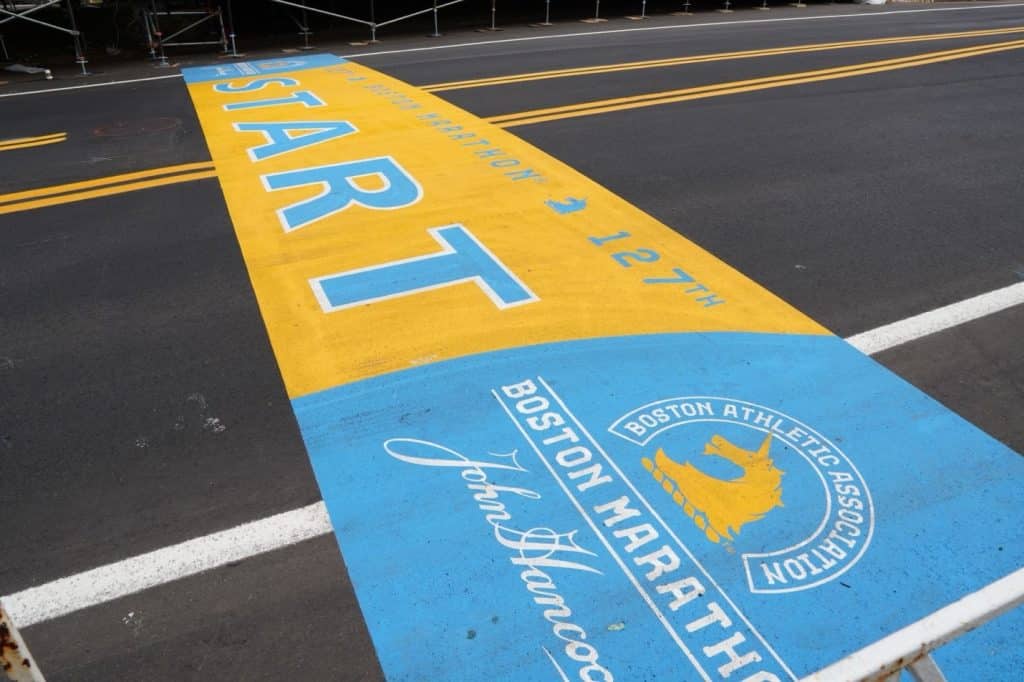
OK, time to climb off my soapbox. While it’s likely that you’ve not optimized your lifestyle and training regimen to the point that there is nothing more to do on that end, that doesn’t mean that you can’t utilize marginal gains for your benefit.
Because here’s the thing… it’s also likely that you can’t optimize your lifestyle and training to max out your physiological capacity. This is because of pesky little things like your job, social life, family, etc…
So, let’s say for example that you’re trying to qualify for the Boston Marathon, and you’re almost fast enough to qualify… but not quite. This would be a solid case for also implementing marginal gains areas. However, if you’re wanting to qualify for Boston but your current time(s) are way off a qualifying time, it would be best to focus on your fitness and lifestyle choices to optimize your training and recovery.
Influence of Marketing
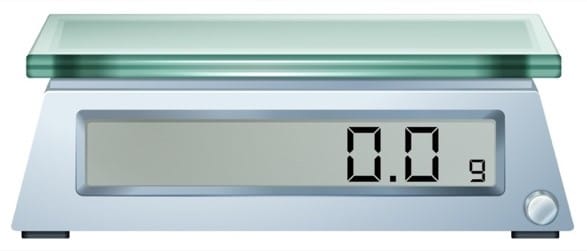
I get it. I like bright and shiny objects as well – I mean, who doesn’t?! Would I rather ride my old school bike or a fully spec’d out carbon fiber Colnago V4RS? I think that question answers itself. I mean really, who am I to argue with Tadej Pogacar’s bike choice?!
And the influence of marketing doesn’t help does it? Whether the marketing is talking about how many grams you could save, how many more watts you could put out, how much time you could save, or how much lower your metabolic cost will be – the marketing of these shiny objects is formidable and quite convincing.
I recently saw an ad for a bike frame that boasted about shaving 25 grams off the weight of their previous lightest frame. Do you know how many grams are in an ounce? 28.35. Do you know what the price increase above their prior model was? $1750. So, for $1750, you save less than an ounce of weight on your bike frame. Assuming that weight was the only frame change, that equates to $70 per gram!
Summary
I love bright and shiny (and carbon fiber) objects as much as the next person – hence, my Colnago reference above. However, the point of this blog is to take a big picture approach to your training and to appreciate where you are currently, and where you want to be. Could the carbon-plated shoes be a deciding factor if you qualify for Boston? If yes, go for it! However, if you’re getting 4 hours of sleep a night, going out with colleagues for happy hour, prioritizing your social life over your training… then you might want to consider focusing on those major factors versus the areas that could be considered marginal gains.

